It can be fun to breed your own zinnias - Part 13
zen_man
14 years ago
Related Stories
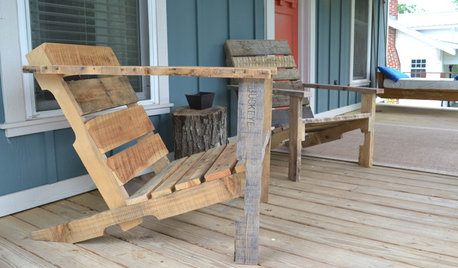
WOODWORKINGBuild Your Own Wooden Deck Chair From a Pallet — for $10!
Take the ecofriendly high road with a low-cost outdoor chair you make yourself
Full Story
PETSWhat Chihuahuas Can Teach Us About Interior Design
Who knew these tiny dogs could be such a huge fount of design tips? Houzzers did
Full Story
PETS5 Finishes Pets and Kids Can’t Destroy — and 5 to Avoid
Save your sanity and your decorating budget by choosing materials and surfaces that can stand up to abuse
Full Story
GARDENING GUIDES10 Tips to Start a Garden — Can-Do Ideas for Beginners
Green up your landscape even if you're short on time, money and knowledge, with these manageable steps for first-time gardeners
Full Story
LIFETime Travel to Houzzers' Childhood Homes, Part 2
Catch a glimpse of kit houses, bungalows, Tudors and more just as they were way back when — and listen in on the intriguing personal stories
Full Story
HOUSEKEEPINGBaking Soda: The Amazing All-Natural Cleanser You Already Own
Battle grime, banish odors and freshen clothes with this common nontoxic cupboard staple
Full Story
HOUZZ TVHouzz TV: This Dream Midcentury Home in a Forest Even Has Its Own Train
Original wood ceilings, a cool layout and, yes, a quarter-scale train persuaded these homeowners to take a chance on a run-down property
Full Story
FALL GARDENINGBe Your Own Wildflower Nursery
Gather seeds from your garden in fall, and you'll have a selection of plants for next year — without spending a dime
Full Story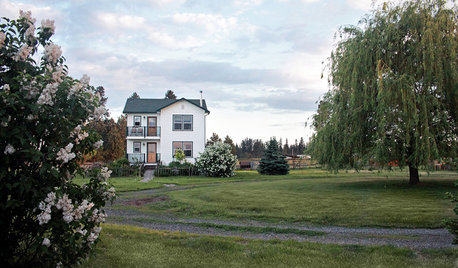
HOUZZ TOURSMy Houzz: Northwest Couple Make a Rural Homestead Their Own
Country life agrees with these first-time homeowners, who have decorated their farmhouse in a rustic, low-key style
Full Story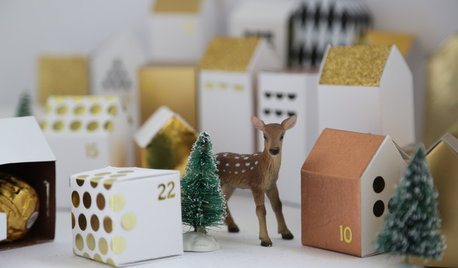
HOLIDAYSMake Your Own Mini Advent Village
Make the run-up to Christmas extra special with a treat a day in each tiny paper Advent house
Full Story





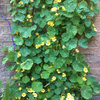
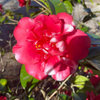

zen_manOriginal Author
jackier_gardener
Related Professionals
Hershey Landscape Architects & Landscape Designers · Vernon Hills Landscape Architects & Landscape Designers · Goodyear Landscape Contractors · Berwyn Landscape Contractors · Centereach Landscape Contractors · Melrose Park Landscape Contractors · Middletown Landscape Contractors · Nashua Landscape Contractors · Norwalk Landscape Contractors · Oklahoma City Landscape Contractors · Hayward Driveway Installation & Maintenance · Winston-Salem Driveway Installation & Maintenance · Knoxville Decks, Patios & Outdoor Enclosures · Glendale Decks, Patios & Outdoor Enclosures · Pleasant Grove Decks, Patios & Outdoor Enclosureszen_manOriginal Author
jackier_gardener
zen_manOriginal Author
jackier_gardener
davemichigan
davemichigan
zen_manOriginal Author
zen_manOriginal Author
jackier_gardener
zen_manOriginal Author
jackier_gardener
zen_manOriginal Author
zen_manOriginal Author
jackier_gardener
zen_manOriginal Author
jackier_gardener
zen_manOriginal Author
jackier_gardener
zen_manOriginal Author
jackier_gardener
davemichigan
jackier_gardener
zen_manOriginal Author
zen_manOriginal Author
atenkley
zen_manOriginal Author
atenkley
zen_manOriginal Author
jackier_gardener
atenkley
atenkley
jackier_gardener
zen_manOriginal Author
atenkley
zen_manOriginal Author
atenkley
zen_manOriginal Author
atenkley
zen_manOriginal Author
jackier_gardener
atenkley
zen_manOriginal Author
atenkley
atenkley
zen_manOriginal Author
atenkley
jackier_gardener
zen_manOriginal Author